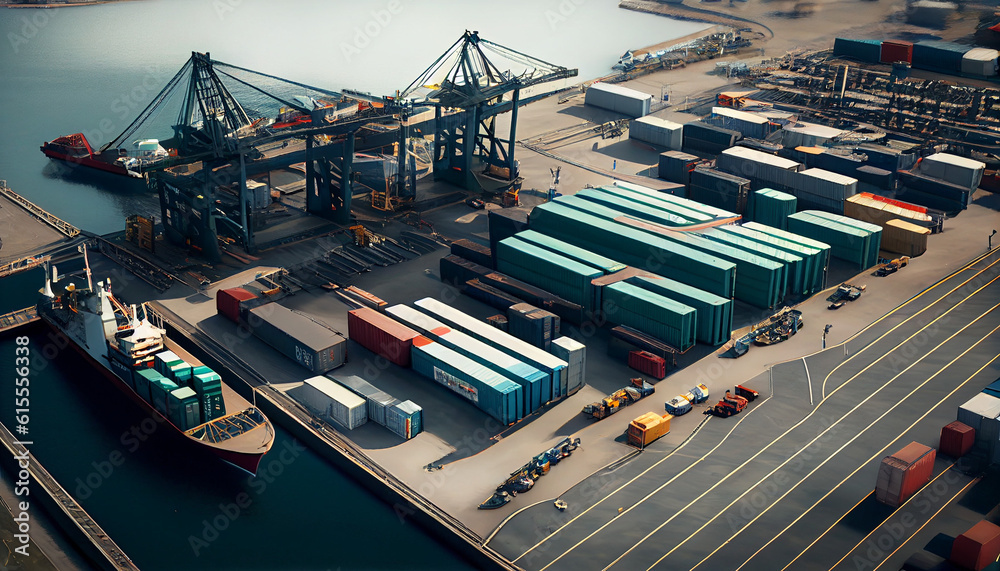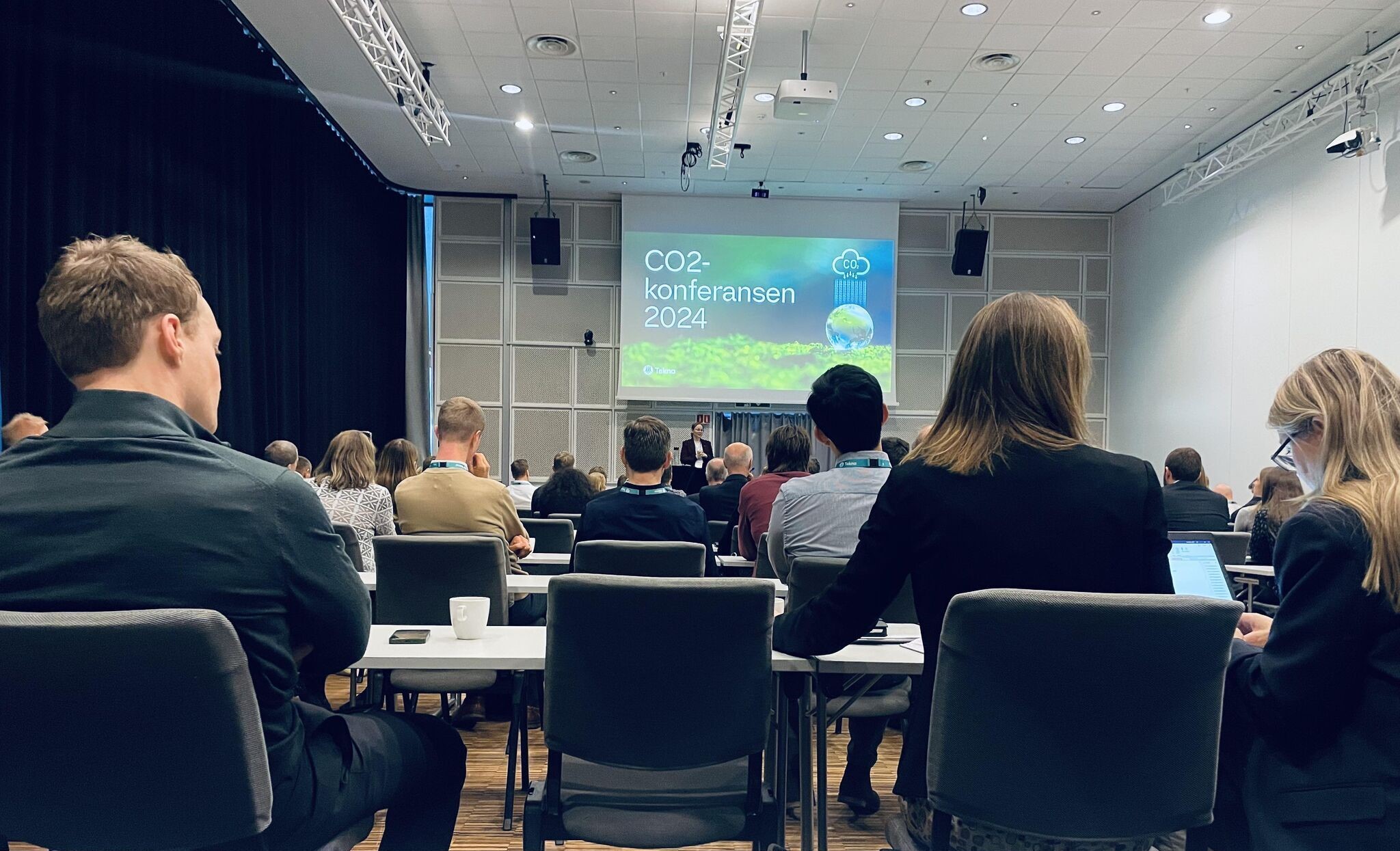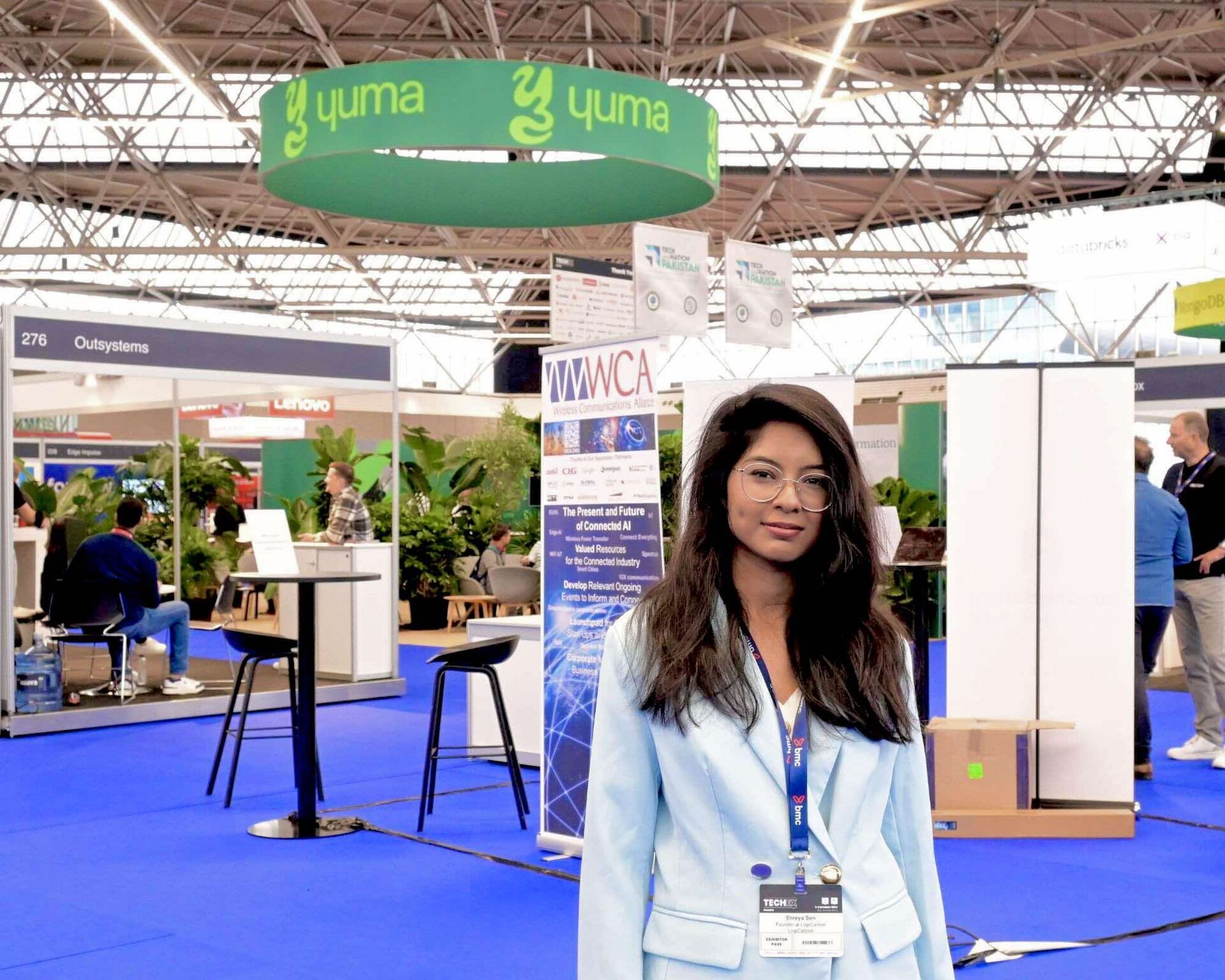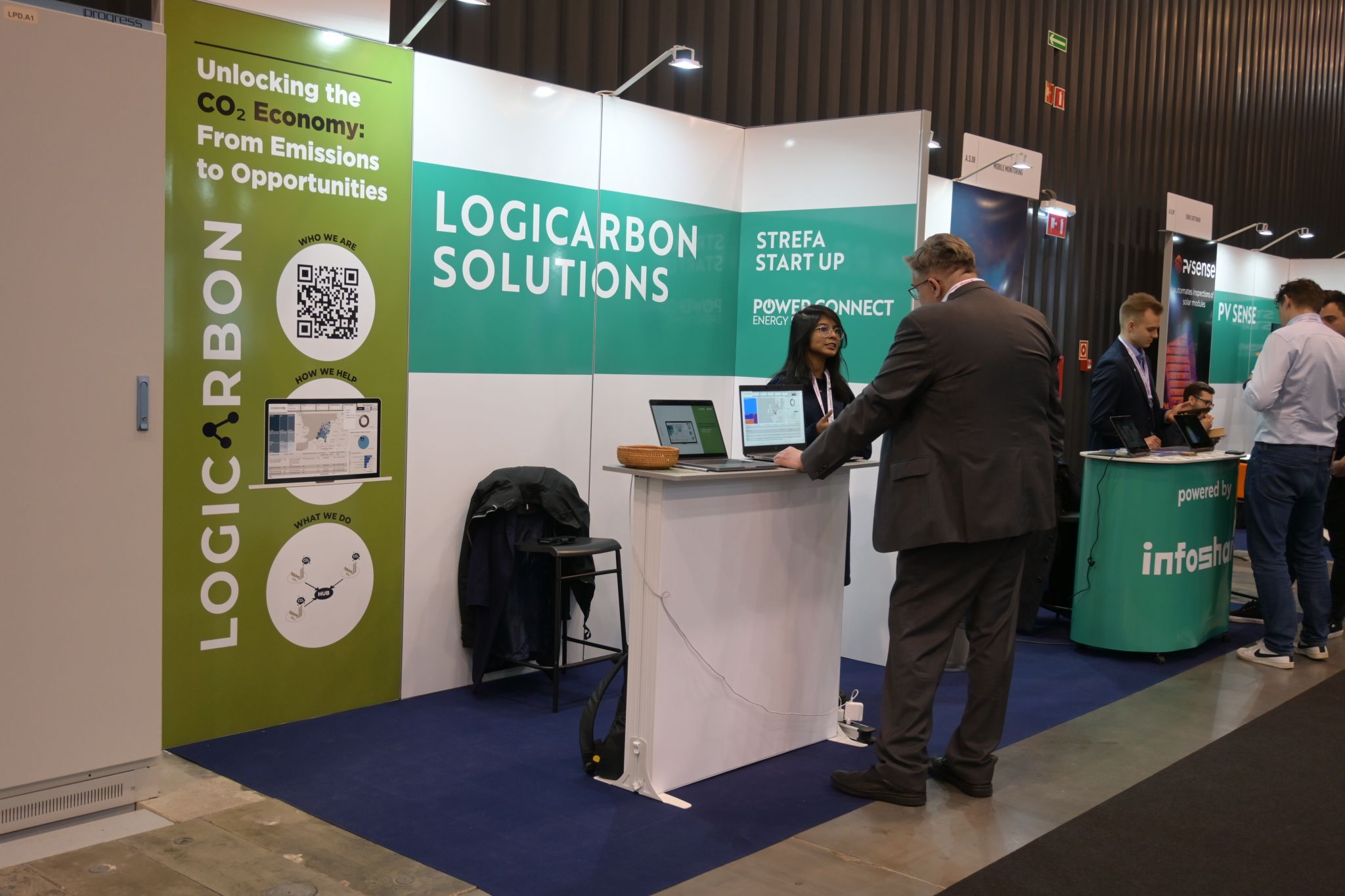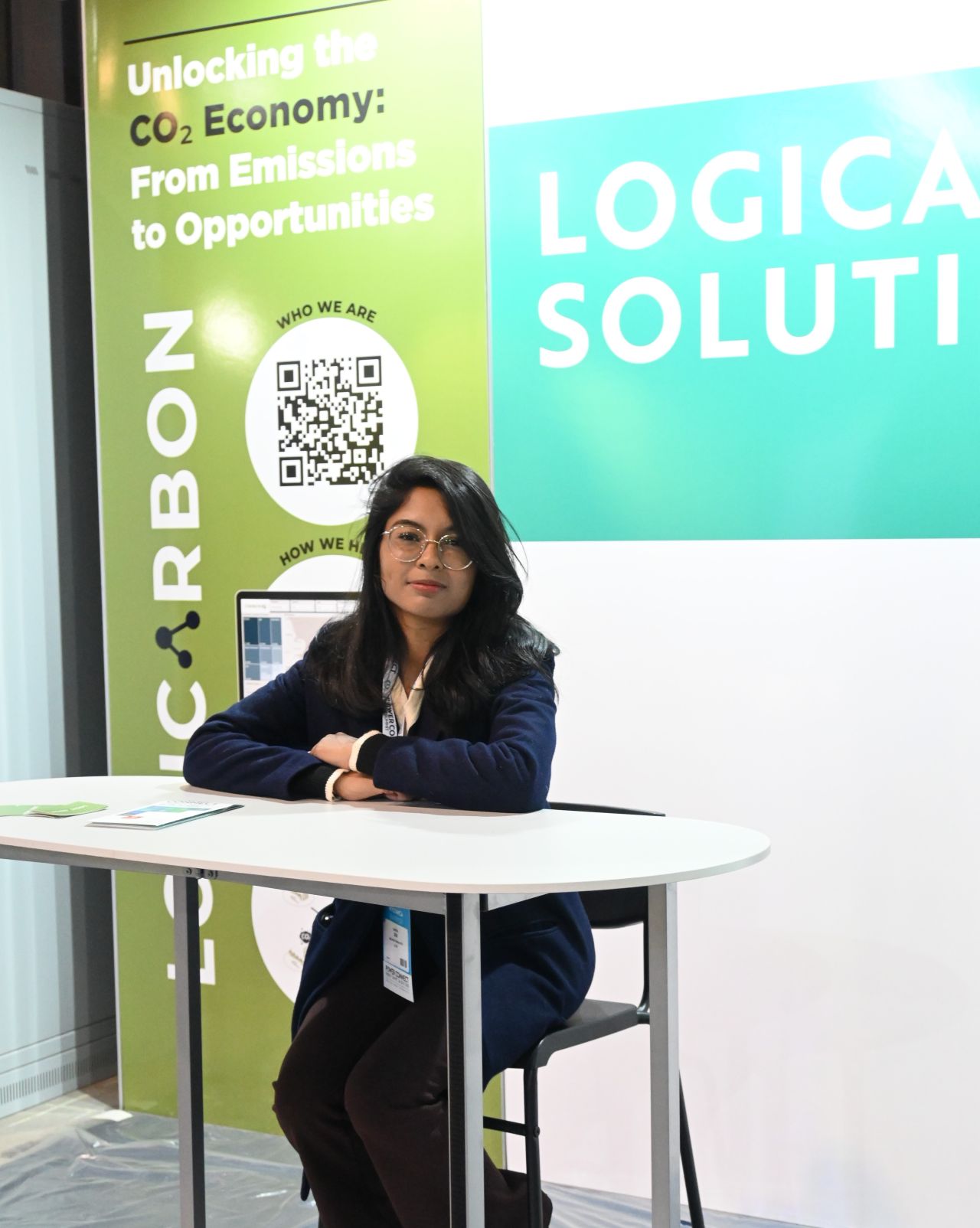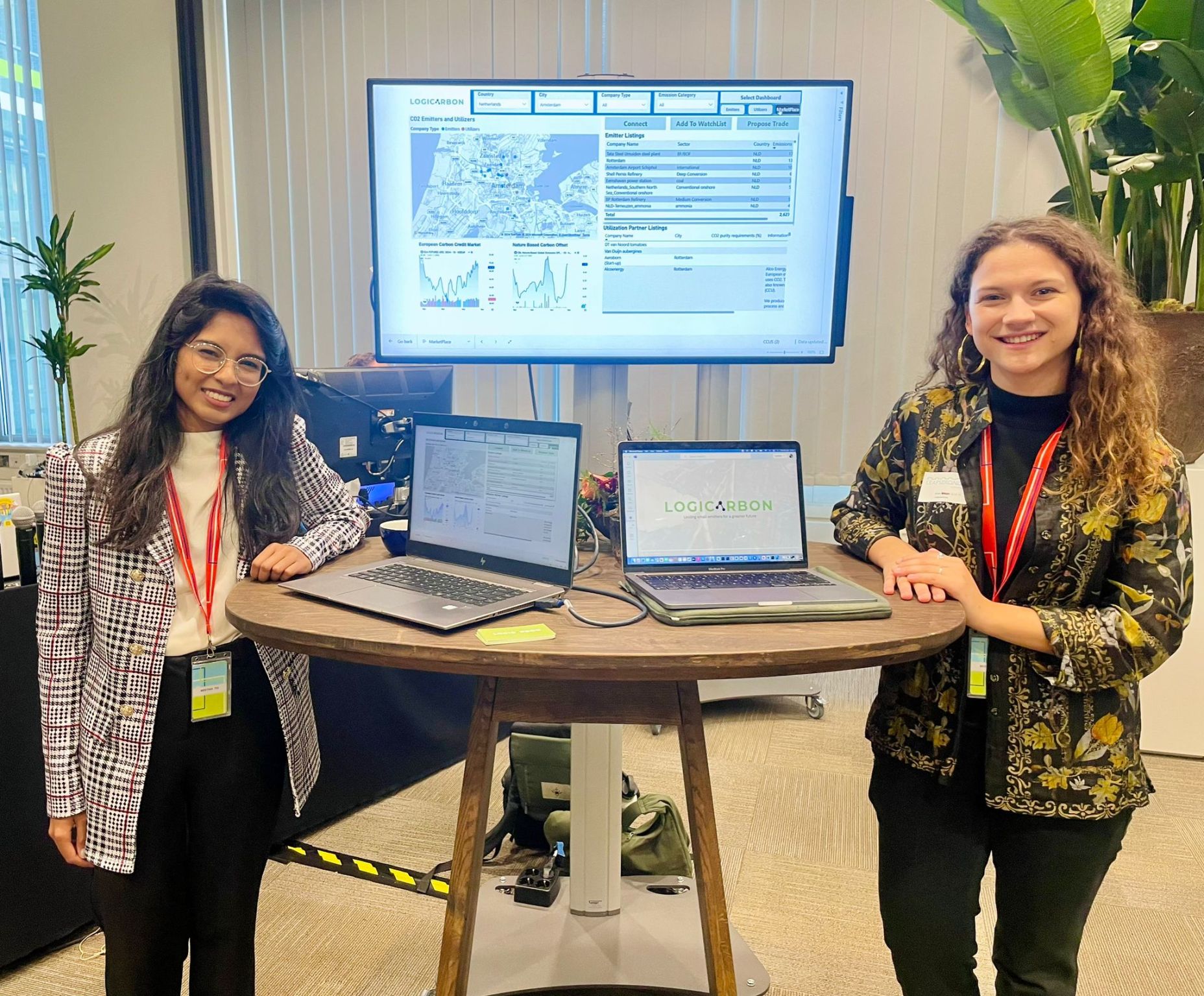recently had the privilege of engaging in an insightful discussion with Andreas Uihlein from the Joint Research Center at the European Commission, one of the authors of the publication “Shaping the future CO2 transport network for Europe”. The conversation centered around strategic planning for establishing a CO2 backbone across Europe, a crucial element in the region’s industrial carbon management strategy.
Recent Developments in Carbon Management Strategy
The European Commission has recently unveiled its Industrial Carbon Management Strategy, setting an ambitious goal to deploy 50 million tonnes per year of CO2 storage capacity by 2030. This target represents a significant step forward in Europe’s commitment to decarbonization and underlines the importance of building a scalable and resilient CO2 transport network across the continent.
The Need for a Multi-Modal CO2 Transport Network
Achieving this goal will require the development of a robust, multi-modal CO2 transport network that can connect dispersed emitter clusters to the emerging CO2 backbone. We discussed the importance of integrating rail, barge, and truck networks to enable efficient carbon capture, utilization, and storage (CCUS) solutions for industries located far from major pipeline routes.
This multi-modal approach is essential for ensuring comprehensive CCUS coverage across Europe, allowing emitters of all sizes to contribute to the carbon-neutral transition, regardless of their proximity to primary transport infrastructure.
Maximizing Cost-Efficiency Through Regional CO2 Hubs
One of the key takeaways from our discussion was the crucial role that regional CO2 hubs will play in driving the cost-efficiency and widespread adoption of CCUS technologies. By allowing capture clusters to share infrastructure, these hubs can foster economies of scale, helping to optimize project economics and lower the barriers to entry for smaller emitters.
Establishing these regional hubs is a strategic priority, as they can serve as critical nodes in the wider European CO2 network, enabling the capture and storage of emissions from multiple sources in a centralized and efficient manner.
Planning for the Future: Direct Air Capture (DAC) and Cost Integration
We also explored the future scope of Europe’s CO2 transport network, particularly the potential for integrating Direct Air Capture (DAC) technologies. Identifying strategic areas for DAC deployment close to the network and incorporating operational costs into long-term planning will be essential to ensure that Europe remains at the forefront of innovation in carbon management.
Building a Carbon-Neutral Future Through Strategic Foresight
It was inspiring to see the strategic foresight and collaborative spirit driving the development of Europe’s CO2 transport network. As we work towards a carbon-neutral future, the combination of strong policy direction, technological innovation, and infrastructure planning will be key to success.
This conversation has reinforced my belief in the importance of working together to create practical solutions that support decarbonization on a large scale. I’m excited to see how these plans will evolve and to continue contributing to this vital movement.
Let’s keep this momentum going!
#EuropeanCommission #CO2Management #StrategicPlanning #CarbonNeutrality #Sustainability #CCUS #DAC #IndustrialDecarbonization


